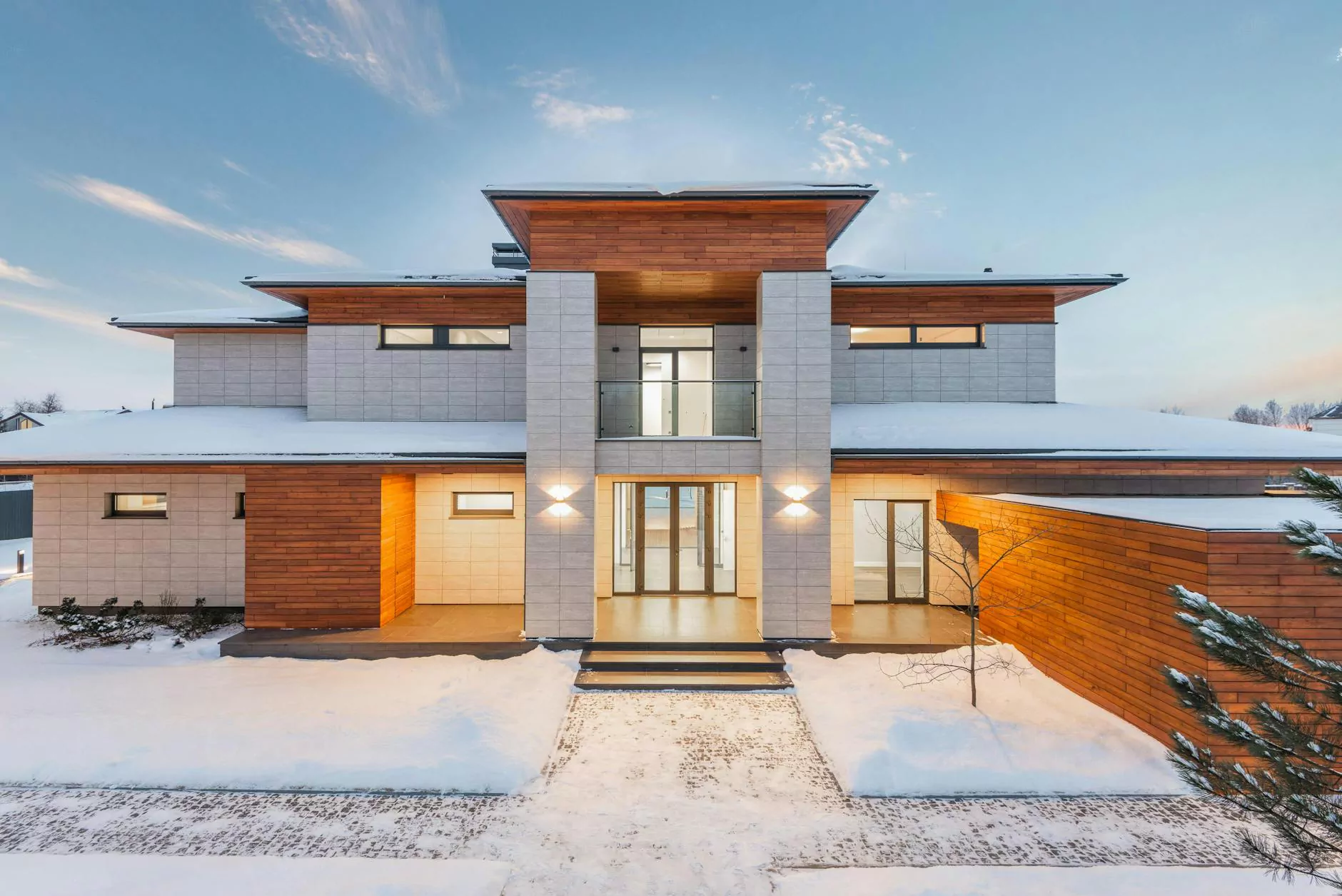Definition of the term Rafter
Services Offered
Welcome to Nicholas Home Inspection & Consulting, your trusted source for professional consulting and analytical services in the field of business and consumer services. In this article, we will explore the definition of the term 'Rafter' in the context of construction and buildings.
What are Rafters?
Rafters are structural elements in a roof that extend from the ridge or hip to the top plate of the wall. They support the weight of the roof and transfer it to the load-bearing walls or beams. Rafters are typically installed in a sloping position and are spaced relatively close together to provide structural stability and distribute the weight evenly.
As a crucial part of the roofing system, rafters play a significant role in maintaining the overall integrity and strength of a building. Understanding the different types of rafters, their functions, and common issues associated with them is essential for anyone involved in construction, architecture, or building inspections.
Types of Rafters
There are several types of rafters used in construction, depending on the architectural design, roof shape, and specific requirements of the building. Some of the most common types include:
Common Rafters
Common rafters, also known as principal rafters, are straight structural elements that run from the ridge to the eaves of the roof. They are typically evenly spaced and provide the primary support for the roof structure. Common rafters are usually paired with ceiling joists to create a solid framework for the roof.
Jack Rafters
Jack rafters are shorter rafters that run from the hip or valley to the ridge or other larger rafters. They help to support and distribute the weight of the roof. Jack rafters are typically installed at regular intervals between the common rafters and play a crucial role in ensuring the roof's stability.
Hip Rafters
Hip rafters are inclined rafters that extend diagonally from the corner of the building to the ridge. They are used in roofs with hip ends, which are triangular sections formed by the intersection of two sloping roof surfaces. Hip rafters are essential for maintaining structural integrity in hip roof designs.
Valley Rafters
Valley rafters are inclined rafters that run along the intersection of two sloping roof surfaces. They form the internal angle between the surfaces and help guide rainwater and snowmelt down the roof. Valley rafters are critical for channeling water away from vulnerable areas and avoiding water damage.
Importance of Proper Rafter Installation and Maintenance
Proper installation, maintenance, and inspection of rafters are vital to ensure the longevity and safety of a building. Here are some key points to consider:
- Structural Integrity: Strong and correctly installed rafters provide essential support for the roof, preventing sagging, structural failure, and potential collapse.
- Weight Distribution: The spacing and configuration of rafters play a crucial role in distributing the weight of the roof evenly, preventing excessive stress on certain areas.
- Weather Protection: Well-maintained rafters, along with quality roofing materials, help protect the interior of the building from weather elements such as rain, snow, and wind.
- Energy Efficiency: Properly insulated and sealed rafters contribute to the insulation performance of the roof, enhancing energy efficiency and reducing heating or cooling costs.
- Preventing Water Damage: Regular inspection and maintenance of the roof, including the rafters and associated components, help identify and address potential leaks or water damage issues promptly.
- Compliance with Building Codes: Rafters must be installed in accordance with local building codes and regulations to ensure the safety and compliance of the structure.
Conclusion
In summary, rafters are vital components of a roof's structural system. They provide support, distribute weight, and contribute to the overall stability and integrity of a building. Whether you are a construction professional, architect, or building owner, understanding the definition, types, and importance of proper rafter installation and maintenance is essential for safe and long-lasting structures.
At Nicholas Home Inspection & Consulting, we offer comprehensive consulting and analytical services in various aspects of business and consumer services, including roofing and structural inspections. Our team of experts is dedicated to ensuring the safety, quality, and compliance of your building. Contact us today for professional assistance and peace of mind.




